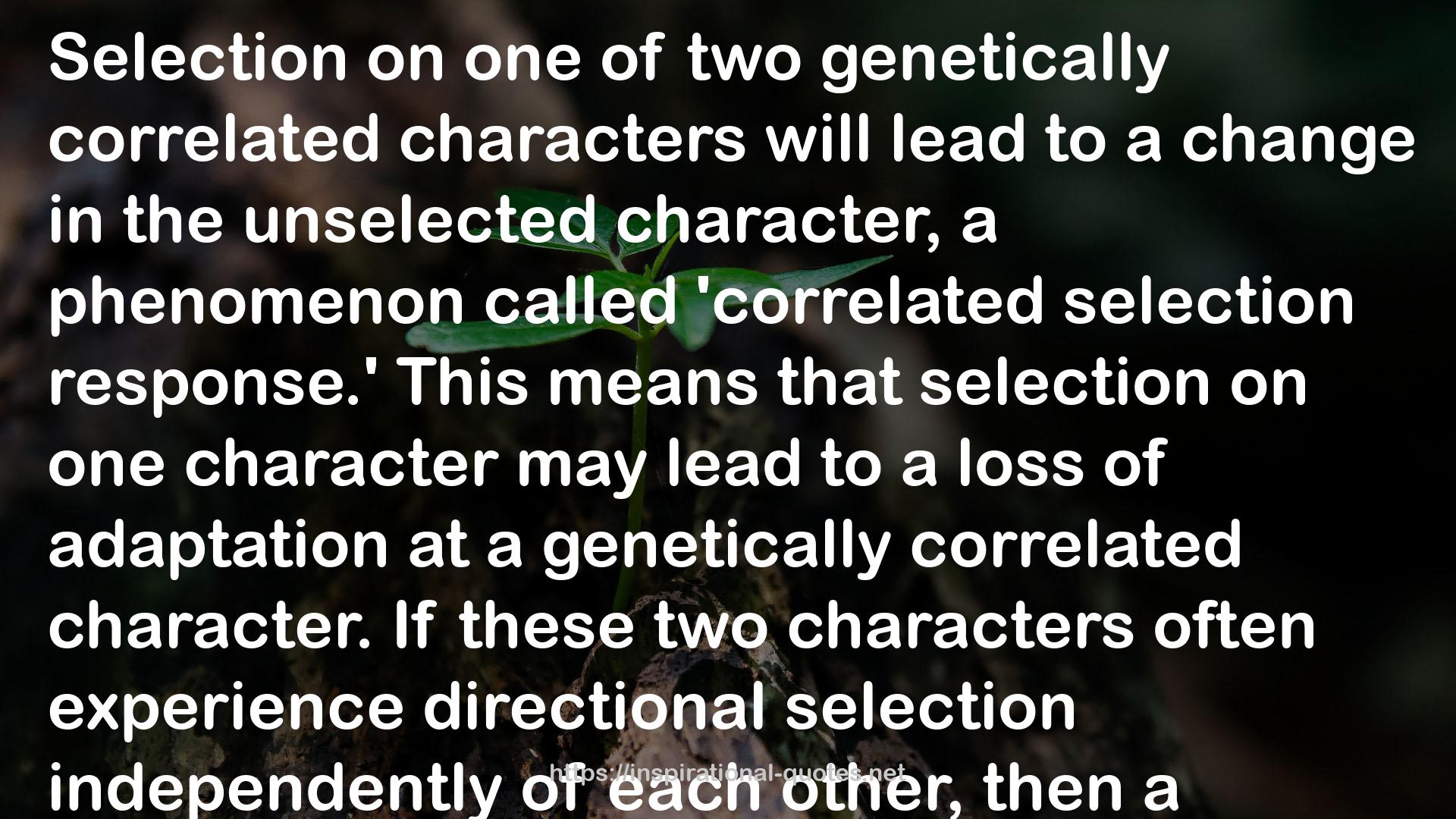" Selection on one of two genetically correlated characters will lead to a change in the unselected character, a phenomenon called 'correlated selection response.' This means that selection on one character may lead to a loss of adaptation at a genetically correlated character. If these two characters often experience directional selection independently of each other, then a decrease in correlation will be beneficial. This seems to be a reasonably intuitive idea, although it turned out to be surprisingly difficult to model this process. One of the first successful attempts to simulate the evolution of variational modularity was the study by Kashtan and Alon (2005) in which they used logical circuits as model of the genotype.
A logical circuit consists of elements that take two or more inputs and transform them into one output according to some rule. The inputs and outputs are binary, either 0 or 1 as in a digital computer, and the rule can be a logical (Boolean) function. A genome then consists of a number of these logical elements and the connections among them. Mutations change the connections among the elements and selection among mutant genotypes proceeds according to a given goal. The goal for the network is to produce a certain output for each possible input configuration.
For example, their circuit had four inputs: x,y,z, and w. The network was selected to calculate the following logical function: G1 = ((x XOR y) AND (z XOR w)). When the authors selected for this goal, the network evolved many different possible solutions (i.e. networks that could calculate the function G1). In this experiment, the evolved networks were almost always non-modular.
In another experiment, the authors periodically changed the goal function from G1 to G2 = ((x XOR y) or (z XOR w)). In this case, the networks always evolved modularity, in the sense that there were sub-circuits dedicated to calculating the functions shared between G1 and G2, (x XOR y) and (z XOR w), and another part that represented the variable part if the function: either the AND or the OR function connecting (x XOR y) and (z XOR w). Hence, if the fitness function was modular, that is, if there were aspects that remained the same and others that changed, then the system evolved different parts that represented the constant and the variable parts of the environment.
This example was intriguing because it overcame some of the difficulties of earlier attempts to simulate the evolution of variational modularity, although it did use a fairly non-standard model of a genotype-phenotype map: logical circuits. In a second example, Kashtan and Alon (2005) used a neural network model with similar results. Hence, the questions arise, how generic are these results? And can one expect that similar processes occur in real life? "
― , Homology, Genes, and Evolutionary Innovation
